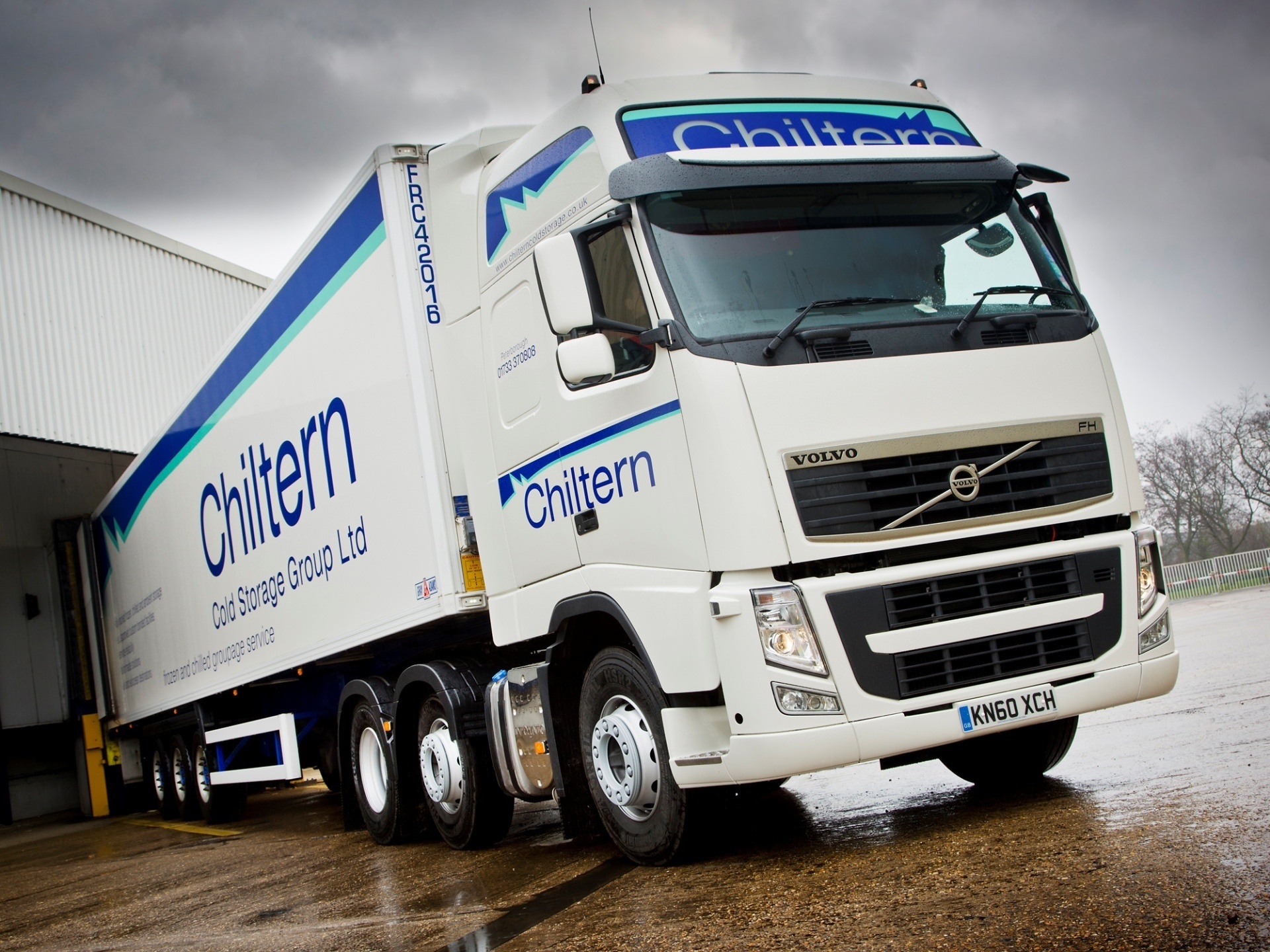In a strategic move that could reshape the commercial vehicle industry, European truck manufacturing giants AB Volvo and Daimler Truck have announced the formation of a new joint venture, Coretura, aimed at jointly developing a next-generation software-defined vehicle (SDV) platform. The goal? To streamline costs, reduce reliance on third-party suppliers, and establish a new industry standard in truck technology.
As global pressures mount on automakers and heavy-duty vehicle producers to not only innovate but also cut costs, this collaboration represents a bold attempt by two longtime rivals to pool resources and rewrite the rulebook for truck software architecture.
From Competitors to Collaborators
While Volvo and Daimler have long been considered fierce competitors in the commercial vehicle market, their recent history tells a story of increasing cooperation. The companies previously worked together on initiatives such as charging infrastructure and hydrogen fuel cell development, suggesting a broader strategic alignment beyond product rivalry.
With Coretura, they’re taking the next logical step—deep technology integration.
“We’re looking at how we can move from our current reality where we are very much dependent on our suppliers—which drives both cost and sometimes timelines—and instead looking at what’s the next generation of software that we need to bring to the vehicle,” said Karin Rådström, CEO of Daimler Truck, during a press briefing.
What Is a Software-Defined Vehicle?
The term “software-defined vehicle” refers to vehicles in which most functions—from powertrain control to safety features and driver interfaces—are controlled or managed via software. This architecture allows for rapid updates, real-time diagnostics, and long-term vehicle adaptability through over-the-air (OTA) updates.
Unlike traditional vehicles, where software is hardwired into distinct pieces of hardware often provided by external suppliers, SDVs are built on a flexible software backbone. This gives manufacturers more control, better data insight, and the ability to continuously improve performance without needing to overhaul hardware systems.
For Volvo and Daimler, adopting this model means stepping into a domain previously dominated by tech-forward automakers such as Tesla.
Why Now? And Why Together?
The automotive industry is in the midst of a digital transformation, and trucks are no exception. Fleet operators increasingly demand smarter, more connected vehicles that can offer data insights, predictive maintenance, autonomous features, and increased safety.
But creating these vehicles is expensive, especially when each manufacturer builds their own unique software stack. Add to that the fragmentation caused by reliance on third-party vendors for critical digital functions, and it becomes clear why a unified, shared platform offers serious strategic advantages.

Coretura, headquartered in Gothenburg, Sweden, will launch with a staff of 50 employees. Its first delivery is slated for 2027, with more comprehensive platform integration expected toward the end of the decade.
“We want to create an industry standard,” Rådström emphasized, signaling the ambition not just to solve internal challenges, but to offer the platform as a model for the wider industry.
Volvo’s View: Software as the New Engine
Volvo Group veteran Johan Lundén, who will serve as CEO of Coretura, sees the future of trucks as increasingly software-centric.
“Everything in the vehicle industry is very much oriented around software and controlled by software,” he noted, adding that SDVs will be critical in meeting future demands around sustainability, productivity, and safety.
From optimizing electric powertrains to enabling autonomous highway navigation, software lies at the heart of tomorrow’s trucks. By building an integrated platform in-house, Volvo and Daimler hope to gain a competitive edge not just in features, but in speed to market, cost control, and data ownership.
Supplier Disruption and Industry Shifts
One of the more radical aspects of this joint venture is its clear intent to reduce dependence on suppliers. Historically, truckmakers have leaned heavily on external companies for everything from infotainment systems to braking software. However, this fragmented model can create challenges in quality control, data compatibility, and upgradeability.
Coretura promises a more centralized, standardized, and scalable solution. That doesn’t mean suppliers are out of the picture—but their role may shift to one of collaboration under OEM direction, rather than autonomous design and delivery.
This mirrors similar shifts in the passenger vehicle market, where major automakers such as Volkswagen, General Motors, and Ford are also investing heavily in in-house software teams and operating systems.
Long-Term Vision and Broader Impacts
The implications of Coretura stretch beyond just Volvo and Daimler. If the platform succeeds and gains traction with other OEMs or within regulatory frameworks, it could become a foundation layer for the broader trucking ecosystem.
From government regulators to logistics firms, having an “industry standard” platform could simplify integration, data sharing, and compliance. It could also pave the way for cross-manufacturer autonomous vehicle networks, where trucks from different brands communicate seamlessly on highways and in smart cities.
Moreover, this shift could also improve cybersecurity, a growing concern as vehicles become more connected. A centralized, jointly managed software layer could streamline updates, patch vulnerabilities faster, and enforce stricter security protocols.
A Race Against Time
While the plan is ambitious, execution will be everything. With 2027 as the target for initial rollout, Coretura has a tight timeline to develop, test, and deploy a platform that is secure, scalable, and future-proof.
Given the rapid pace of development in electric vehicles, AI integration, and mobility tech, Volvo and Daimler’s window to lead the market is narrow. Rivals in North America, China, and other parts of Europe are racing ahead with their own SDV solutions.
Still, the combined expertise and resources of two of the world’s leading truckmakers give Coretura a fighting chance to shape the industry standard it aims to be.
Conclusion: A Turning Point in Trucking Technology
Volvo Group and Daimler’s launch of Coretura marks more than just another corporate collaboration—it could very well be the beginning of a new era in commercial vehicle design. By tackling the complexity and cost of modern truck software together, the companies are making a bold bet on the power of shared innovation.
In a world where trucks must be smarter, safer, cleaner, and more connected than ever before, Coretura stands as a proactive answer to the challenges ahead. Whether it becomes the standard setter it hopes to be will depend on its ability to deliver on its promise of reducing costs, simplifying systems, and setting new benchmarks for the industry. But one thing is clear: the road ahead is being written in code—and Coretura aims to hold the pen.




3 thoughts on “Volvo Group and Daimler Launch Coretura: A Joint Venture to Drive Down Costs and Build the Future of Truck Software”